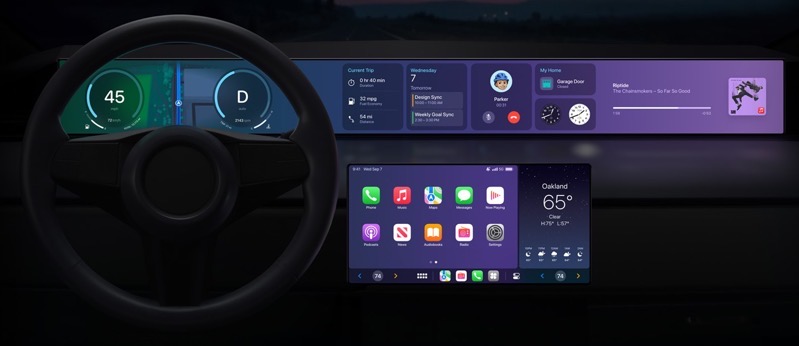
GM Explains Why It’s Ditching Apple CarPlay and Android Auto
General Motors (GM) has recently faced backlash following its announcement earlier this year to phase out Apple CarPlay and Android Auto in its new electric vehicles (EVs) and future products. The decision, initially met with confusion and criticism, was further explained in a conversation with MotorTrend.
GM’s head of product for infotainment, Tim Babbitt, provided a more detailed rationale behind the move at a press event for the Chevrolet Blazer EV. He cited driver distraction due to cell phone usage as a key concern. Babbitt pointed out that stability issues with CarPlay and Android Auto, such as bad connections and slow responses, often lead drivers to use their phones, defeating the purpose of these systems. Oh really…
To address these issues, GM’s “Ultifi” infotainment software includes integrated Google apps like Maps and Google Assistant, as well as popular apps like Spotify and Audible. This integration aims to reduce reliance on phone-mirroring programs by offering built-in alternatives.
Babbitt acknowledged that even wired connections do not fully resolve compatibility issues with Android and older iPhone models. He referenced J.D. Power data indicating that problems with CarPlay and Android Auto are common complaints, often attributed to the automaker rather than the phone manufacturer.
Beyond safety concerns, GM’s strategy also involves data and financial considerations. Automakers, including GM, want control over valuable in-vehicle data and exploring revenue streams through in-car purchases and subscription services. GM’s chief digital officer, Edward Kummer, highlighted the potential of these services, with the company aiming for significant revenue from subscriptions by 2030.
After the publication of the initial story, GM issued a statement to clarify its position and reaffirm its partnerships with Apple and Google. Looks like CarPlay and Android Auto are safe after all?
“We wanted to reach out to clarify that comments about GM’s position on phone projection were misrepresented in previous articles and to reinforce our valued partnerships with Apple and Google and each company’s commitment to driver safety. GM’s embedded infotainment strategy is driven by the benefits of having a system that allows for greater integration with the larger GM ecosystem and vehicles,” said the GM spokesperson to MotorTrend.


